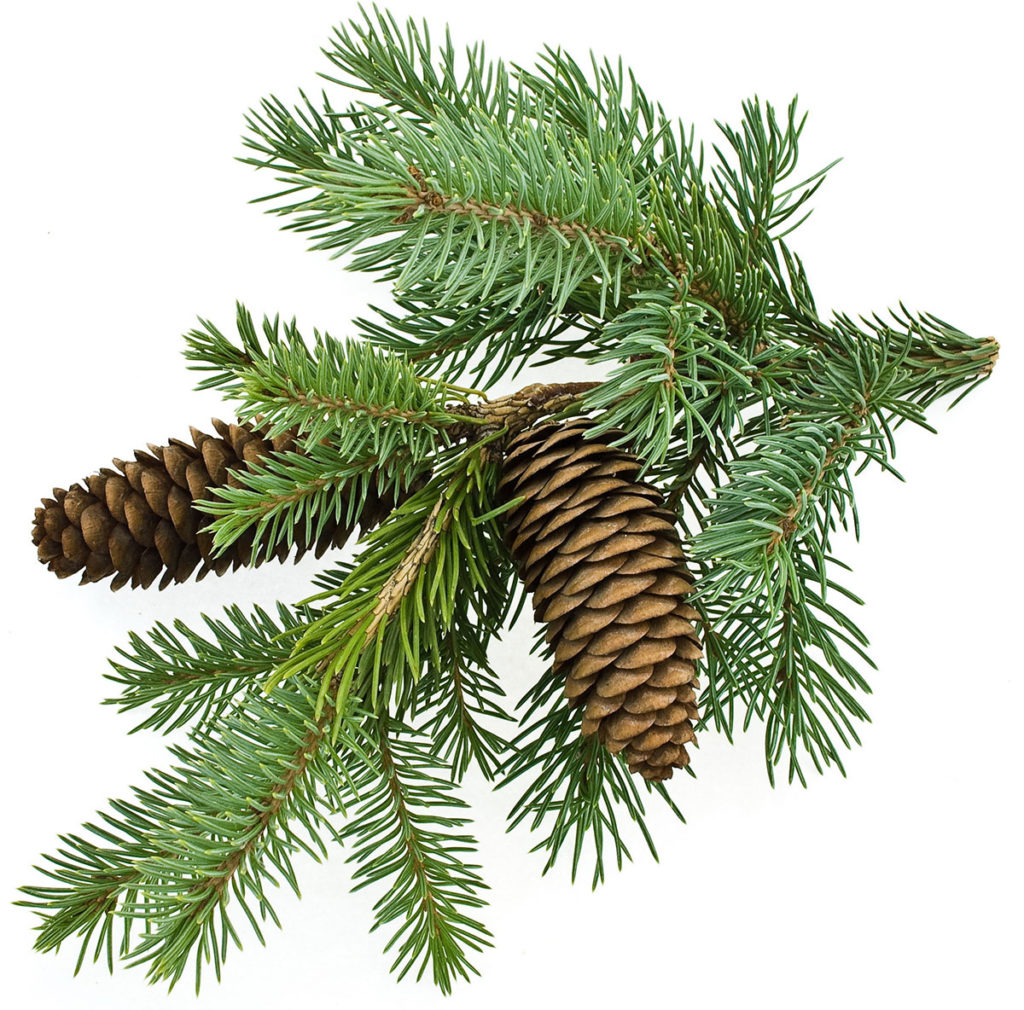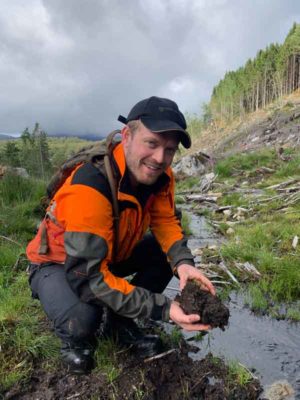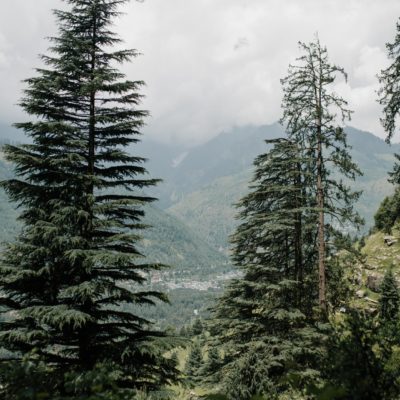Our climate forest
Trefadder is a Norwegian initiative to build Norwegian climate forest in collaboration with Norwegian farms to create a better climate and more local jobs.
Choice of areas and tree species
A prerequisite for successful afforestation is to find optimal growth areas with good soil, nutrient base, access to water, sun and protection from weather and other dangers. Such an optimal area must then be cleared of less productive growths and then prepared before trees can be planted.
Many people risk failing to plant trees because the areas are not optimal or because they are planted with trees that are not adapted to the planting area.
Our selected nutrient-rich areas are optimal for Norwegian spruce.
In suitable areas, tree species must be planted that are optimal for locations in order to achieve maximum CO2 capture of the area. Trefadder.no has chosen to invest in Norwegian spruce, which we believe is the optimal tree species for climate forests in Norway.
A successful climate forest must have the right density of solid spruce trees that in the long run extend up to 50 meters for maximum CO2 capture.
We plant two-year-old spruce trees that take about 30 years to achieve maximum carbon uptake.

Maintenance and care
In any forest, the trees compete for nourishment. With external factors such as wind and sun and with genetic differences, you get different growth rates. In order for the climate forest to grow as quickly as possible with maximum uptake of CO2, the forest must be regularly maintained.
On average, one spruce tree is planted per. 1.5 m2. Over time while the forest grows, about 20% will have to be cut down to make room for the trees that have the greatest chance of maximum growth. A successful climate forest therefore requires good care and maintenance.
The life of the climate forest
As is well known, trees have a long lifespan, but at some point the tree achieves maximum CO2 binding and growth. At this time, the trees have become 30-50m high and branches have begun to wither.
At this point, the forest must be cut down and then re-planted, which provides even more CO2 binding. Even if the trees are cut down, CO2 remains stored in the wood when it is converted into timber or wood products.

Climate effects
Man-made climate change is the greatest threat of our time. Tree planting is one of the important contributions to neutralizing CO2 in the atmosphere.
Tree planting provides great climate benefit
The climate has always been changing and dramatic changes in hot or colder directions are completely natural. Most can also agree that the activity of 6 billion people affects the climate locally and globally.
To counteract this man-made influence, it must be attacked from several angles; reduce emissions and develop new technologies for carbon capture.
The most well-known measure is tree planting.
Tree planting in developing countries has proven to be challenging due to a lack of institutions for control and execution.
Tree planting = the most effective measure?
A new report published by NRK on 19 February 2019 refers to a study done by the Technical University of Zurich believes that tree planning is the most effective climate measure. Ecologist Thomas Crowther believes that tree planting is our most important weapon against climate change.

CO2 fertilization
Climate science is uncertain, but one thing scientists have established with a high degree of certainty: increased CO2 in the atmosphere leads to plants growing faster and the soil becoming greener, especially in dry areas. This has been documented through hundreds of scientific studies. The more CO2 there is in the atmosphere, the more efficient tree planting becomes as a tool to counteract man-made climate change!
Short-haul and district-friendly
Tree planting in developing countries has proven to be ineffective due to corruption, incompetence and inefficiency. By planting trees in Norway, you create a short-distance climate roof. The money is kept locally and stimulates jobs in our own country. Norwegian expertise is also world-class and it is easier to track and control projects in Norway than in remote areas.
In addition, short-distance tree planting is good for Norwegian districts. A Trefadder is also a Norwegian peasant sponsor.
